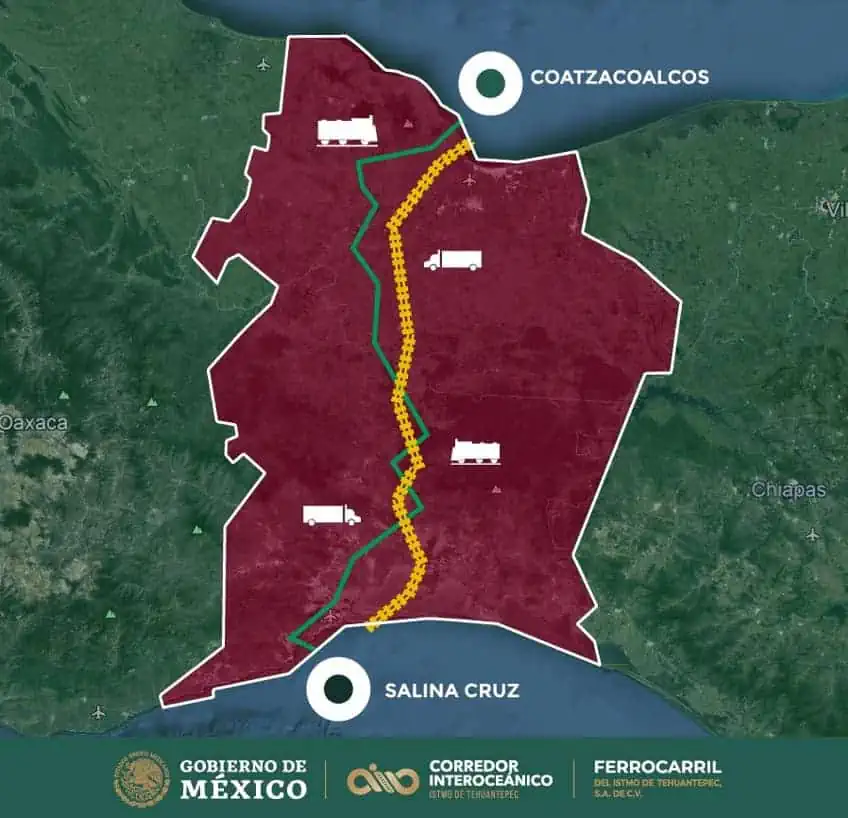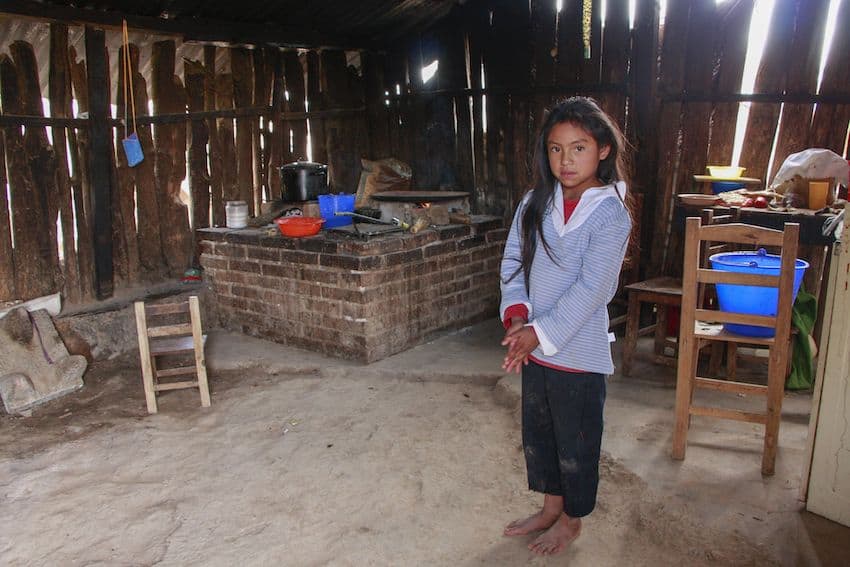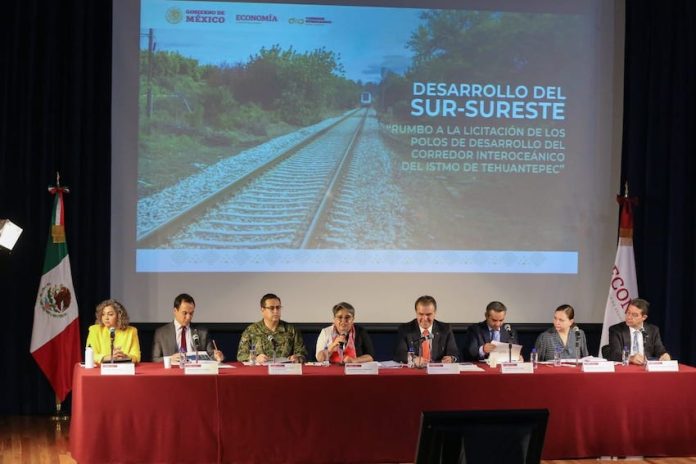A new industrial corridor will boost economic development in Mexico’s poor and less developed southeast region, according to plans announced by the Economy Ministry on Monday.
The so-called Interoceanic Corridor will include 10 new industrial parks across the Isthmus of Tehuantepec — the narrow “waist” of southern Mexico between Salina Cruz, Oaxaca and Coatzacoalcos, Veracruz.

“The Interoceanic Corridor is a space that will create and improve the existing infrastructure to connect the Atlantic Ocean to the Pacific, becoming a geographic space with great competitive advantages for international trade flows,” the Economy Ministry said in a statement.
“With this, the Mexican government will promote economic development with a humanist profile, with a greater quantity of better-paid jobs.”
Bidding rules for six of these parks will be published next week, Economy Minister Raquel Buenrostro said, and the process will last 110 days. Companies from countries including the United States, Canada, Taiwan and Germany are encouraged to bid, with potential investors for the new sites coming from current “nearshoring” industries such as auto manufacturers, tech companies and semiconductor producers.
The government will offer tax breaks to companies that invest in the parks, provided they create a certain number of jobs.

These incentives will likely include accelerated depreciation during the first six years, reducing taxable income; VAT exemption on transactions within and between the parks during the first four years; and income tax exemption during the first three years. The potential income tax reduction of up to 90% may be extendable for an additional three years, depending on the number of jobs created.
The scheme is part of President López Obrador’s broader plans to boost industrial development in the poorer southern states of Mexico — the region from which he originally hails. Historically, investment has been concentrated in Mexico’s northern states, which benefit from their geographical proximity to major markets in the U.S.
“A big concern of this administration has been lowering the asymmetry between north and south,” Buenrostro said.
According to the National Council for the Evaluation of Social Development Policy (Coneval), 45.5% of the population of the Isthmus of Tehuantepec lacks basic housing services — more than double the national average of 19.3%.
Industrial development in the south has become more urgent, as recurrent droughts in the north have led the government to restrict offerings of new concessions in that area, in an attempt to preserve civilian water supplies. The administration is expected to publish new rules for existing water usage concessions in the near future.
Another key component of AMLO’s industrial strategy for southern Mexico is a 300-km transoceanic freight rail line that would link the proposed industrial parks. The ports of Coatzacoalcos and Salina Cruz would be expanded, and a new gas pipeline would be constructed in the oil-rich region. There are also plans for four new wind farms across the region to support the boom in industry that the government hopes will follow investment.
At the presentation, Buenrostro enumerated the advantages of investment in Mexico’s south, including abundant natural resources such as wind and water and a young and increasingly specialized workforce.
With reports from Reuters, Forbes and El Economista
